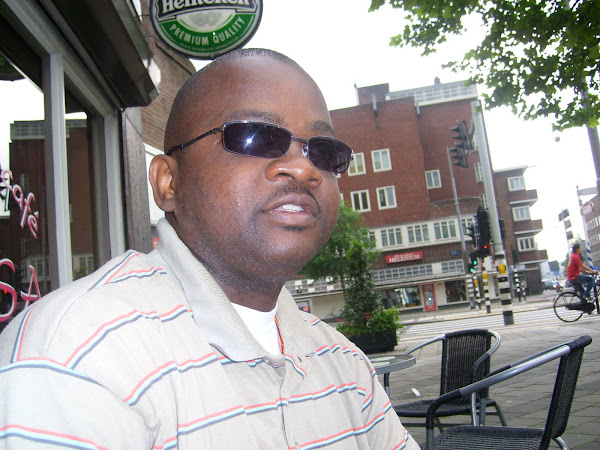
Harmony will connect Europe's Columbus lab to the space station
Space Shuttle Discovery launches on Tuesday on a mission that will mark the beginning of an intense period of space activity for Europe.
The orbiter is carrying the "Harmony" node to the space station.
The connecting unit will provide the passageway to the European Columbus laboratory, long-delayed but now set for launch itself in December.
Harmony has been built in Italy and its installation is being led by the Italian astronaut Paolo Nespoli.
The mission specialist is one of seven astronauts taking the Discovery flight to the International Space Station (ISS).
Shuttle flight STS-120, commanded by American Pam Melroy, will also allow a change of crew at the ISS.
Astronaut Daniel Tani will replace the long-stay resident Clayton Anderson, who has spent nearly five months living on the orbiting platform.
Discovery's launch from the Kennedy Space Center in Florida, US, is timed for Tuesday 1138 local time (1638 BST).
Nasa launch officials have given the go-ahead for Tuesday's launch after damage was discovered on three wing-panels.
An inspection uncovered what was suspected to be cracks underneath the panels' protective coating. However, senior managers said that they did not believe repairs were necessary.
As well as the installation of Harmony, the flight will see the transfer of the first set of solar arrays placed on the ISS to a new permanent location. Over the course of the 14-day mission, five spacewalks will be needed to complete the programme of works.
Harmony will be the first expansion of the living and working space on the station since 2001.
It will provide a passageway between three science laboratories: the existing US Destiny lab; the European Space Agency's (Esa) Columbus module; and the Japanese Kibo experimental units.
It will also act as a docking port for the future Japanese re-supply vessels, the HTVs, and other shuttle missions.
Built by Thales Alenia Space, Harmony weighs some 14 tonnes. It is seven metres long and 4.6m wide.
Its launch marks the start of a busy few months for Esa at the ISS. The Columbus laboratory is set to fly to the platform in December.
And then in January, the "Jules Verne" Automated Transfer Vehicle (ATV) will launch from Kourou in French Guiana on a re-supply mission.
The ATV can carry 7.5 tonnes of equipment, food, fuel, air and other items to the orbiting outpost.
It will be the biggest and most sophisticated spacecraft Europe has ever lofted into space. The ship has an advanced navigation and docking system that enables it to find its own way to the ISS.
When the US retires the shuttle in 2010, the ATV will be the main means of supplying the station.

No comments:
Post a Comment